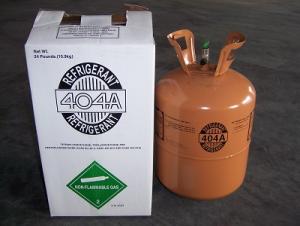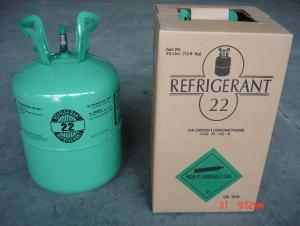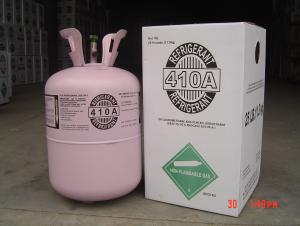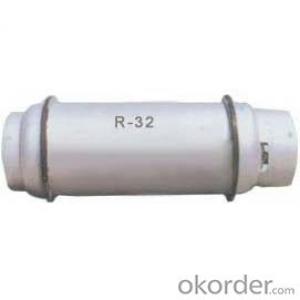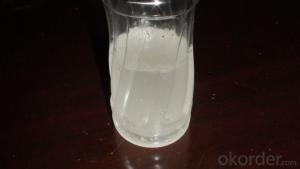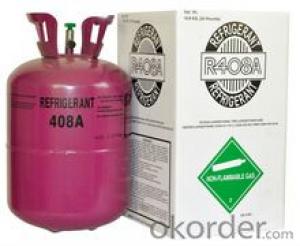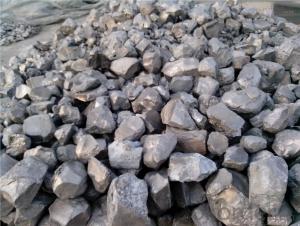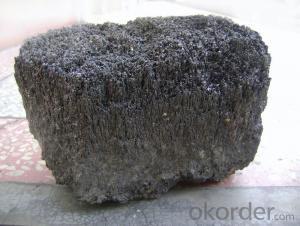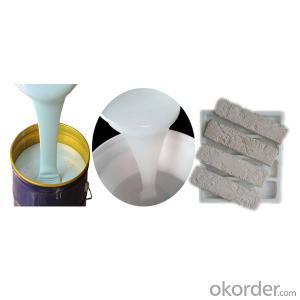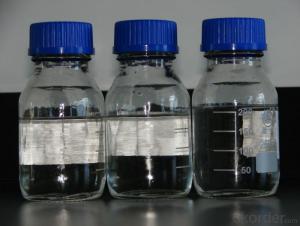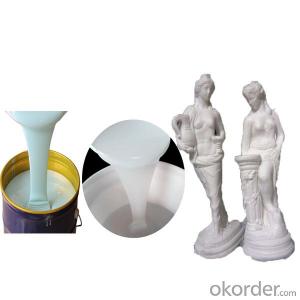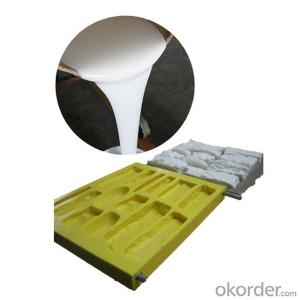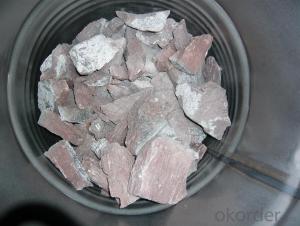Calcium Carbide with SGS SPECIFICATION 50-80
- Loading Port:
- Tianjin
- Payment Terms:
- TT OR LC
- Min Order Qty:
- 22.5
- Supply Capability:
- 1000 m.t./month
OKorder Service Pledge
OKorder Financial Service
You Might Also Like
This product is lumpy substance, its surface is a little deep gray, has slight nasty smell. It can produce acetylene gas when met water, it can burn when meets fire. The acetylene gas mix with air will form explosive gas (explosive range of acetylene gas in the air is 2.3% - 81%).
Technical specifications and features | ||
1. Name | Calcium Carbide | |
2. Molecular formula | CaC2 | |
3. UN | 1402 | |
4. Class | 4.3 | |
5. HS code | 28491000 | |
6. Gas yield20 101.3 Kpa | ≥295L/KG | |
7. PH3(V/V) | ≤0.08% | |
8. H2S(V/V) | ≤0.1% | |
9.Molecular weight | 64.10 (according to 1995 international relative atomic mass) | |
10. SIZE | 4-7,7-15,15-25,25-50,50-80,80-120MM | |
11. Packing | 50kg or 100kg iron drum | |
Cautions during transportion:
The packing must be kept in good condition and the goods should be stored in a dry,cool and ventilated place.It should be separate from the cargo can burn and acid.It should avoid meeting water and moisture.It should give off the acetylene in iron drum before storing in warehouse. Rolling drums,heavy putting down and colliding are not allowed to avoid the spark leads to explosion.
- Q: Is the resin a dangerous chemical? Is there any other alias?
- Solid resin is not a hazardous chemical
- Q: Storage of organic chemicals in the warehouse, ventilation requirements
- Dangerous chemicals every time out of danger before the warehouse, dangerous warehouse should first open the fan, keep ventilated to avoid the concentration of flammable and explosive gases in the air is too high;
- Q: Hazardous Chemicals Inorganic Classes, Organic Classes What does it mean?
- Hazardous chemicals refer to highly toxic chemicals and other chemicals that are harmful to humans, facilities and the environment, which are toxic, corrosive, explosive, burning and burning. Including explosives, compressed and liquefied gases, flammable liquids, flammable solids, spontaneous combustion and wet flammable materials, oxidants and organic peroxides, toxic and corrosive substances, etc.
- Q: Calcium fatty acid is an organic or inorganic chemical
- Fatty acid calcium is an organic chemical
- Q: How to distinguish between inorganic chemicals and organic chemicals
- If the chemical can be dissolved in water, then it is likely that inorganic chemicals, because organic chemicals only a few substances such as ethanol and acetic acid can be dissolved in water. In addition, inorganic chemicals are mostly solid or aqueous solution, and organic chemicals are mostly liquid and odor.
Send your message to us
Calcium Carbide with SGS SPECIFICATION 50-80
- Loading Port:
- Tianjin
- Payment Terms:
- TT OR LC
- Min Order Qty:
- 22.5
- Supply Capability:
- 1000 m.t./month
OKorder Service Pledge
OKorder Financial Service
Similar products
Hot products
Hot Searches
Related keywords




